Indoor plants bring life and beauty to our homes, but sometimes, they can encounter problems that leave us puzzled and concerned. Whether you’re a seasoned plant parent or a beginner, understanding these common issues and their solutions can help you keep your green companions healthy and thriving. Let’s explore some of the most frequent indoor plant problems and how to address them.
1. Yellowing Leaves
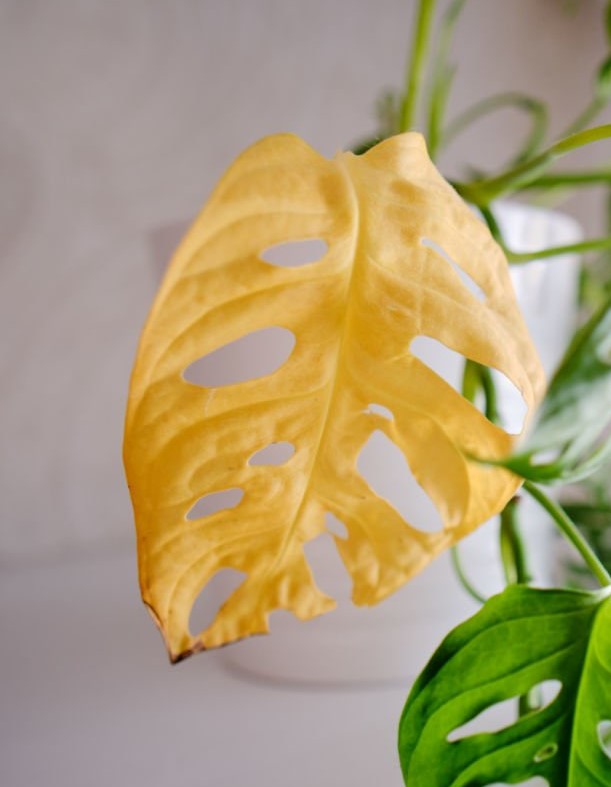
Problem: Yellow leaves can be a sign of various issues, including overwatering, underwatering, or nutrient deficiencies.
Solution:
- Overwatering: Ensure your plant’s pot has good drainage and that you’re not watering too frequently. Allow the top inch of soil to dry out between waterings.
- Underwatering: Increase your watering frequency, ensuring the soil is evenly moist but not waterlogged.
- Nutrient Deficiencies: Use a balanced, water-soluble fertilizer every 4-6 weeks during the growing season. Make sure to follow the recommended dosage to avoid over-fertilization.
2. Wilting
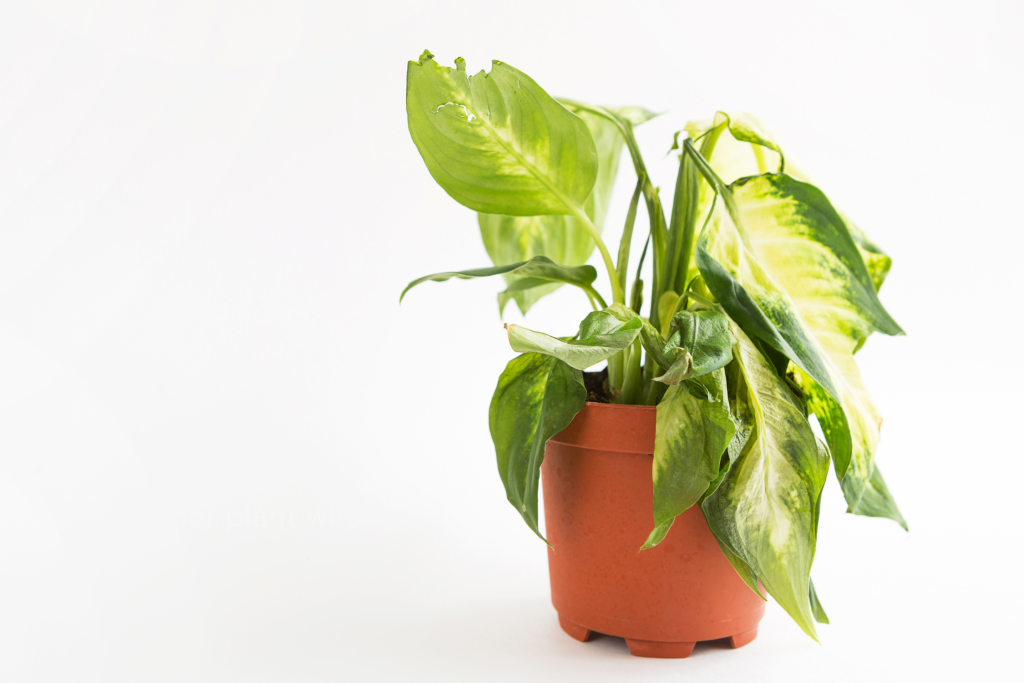
Problem: Wilting can be due to too much or too little water, or root issues.
Solution:
- Overwatering: Check for root rot by inspecting the roots. Healthy roots should be white or light brown. If you find mushy, dark roots, trim them away and repot the plant in fresh, well-draining soil.
- Underwatering: Water your plant thoroughly and ensure that the water reaches the roots. Check the soil moisture regularly to prevent future wilting.
- Root Issues: If the plant is root-bound, meaning the roots have outgrown the pot, repot it into a larger container with fresh soil.
3. Brown Leaf Tips
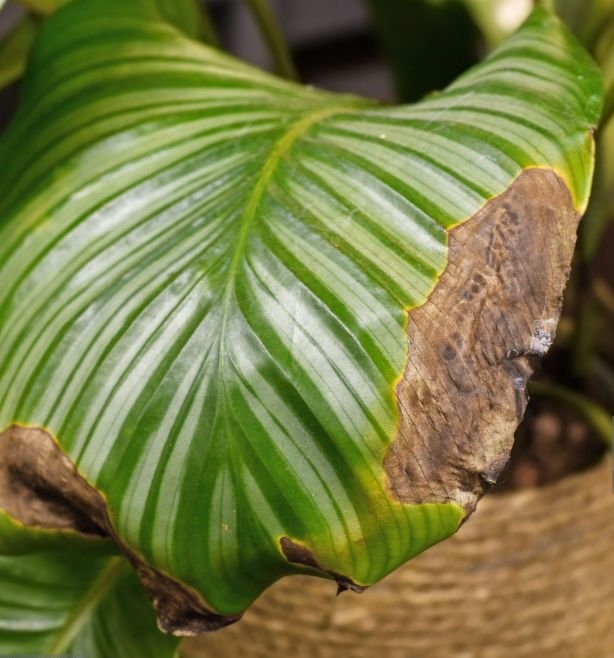
Problem: Brown leaf tips are often caused by low humidity, over-fertilization, or poor water quality.
Solution:
- Low Humidity: Increase humidity around your plant by using a humidifier, placing a water tray with pebbles near the plant, or misting the leaves regularly.
- Over-Fertilization: Flush the soil with water to remove excess salts and reduce the frequency of fertilization.
- Poor Water Quality: Use distilled or rainwater if your tap water is hard or contains high levels of chlorine or fluoride.
4. Leggy Growth
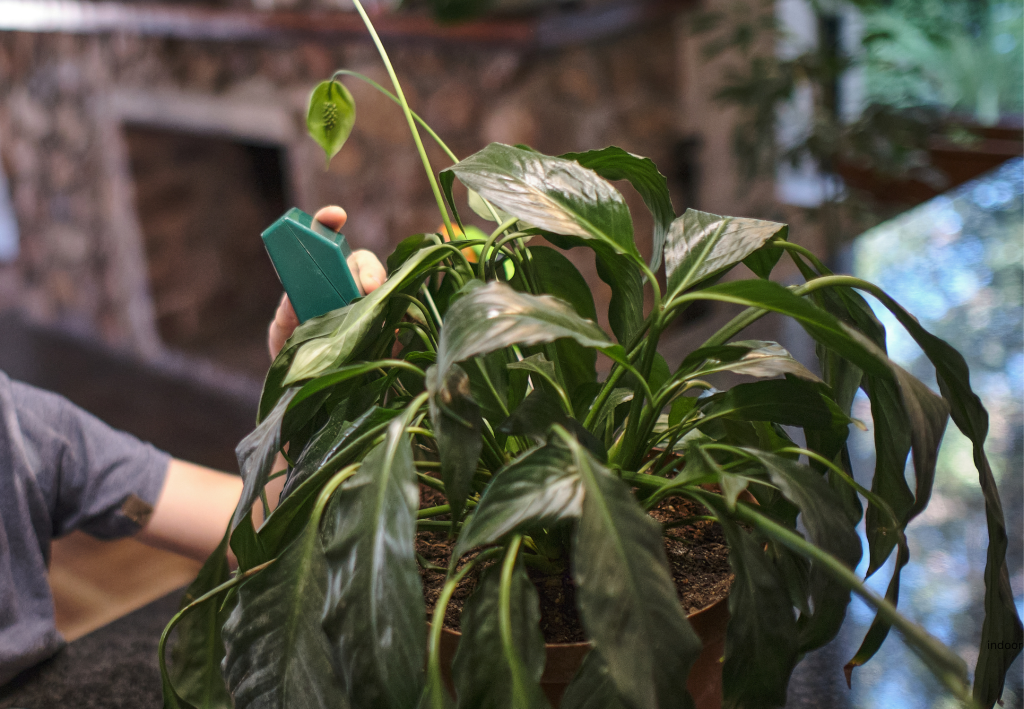
Problem: Leggy growth, where plants become long and spindly, is typically due to insufficient light.
Solution:
- Increase Light: Move your plant to a brighter location, such as near a window with indirect sunlight.
- Supplemental Lighting: Use grow lights to provide additional light, especially during shorter winter days.
5. Pests
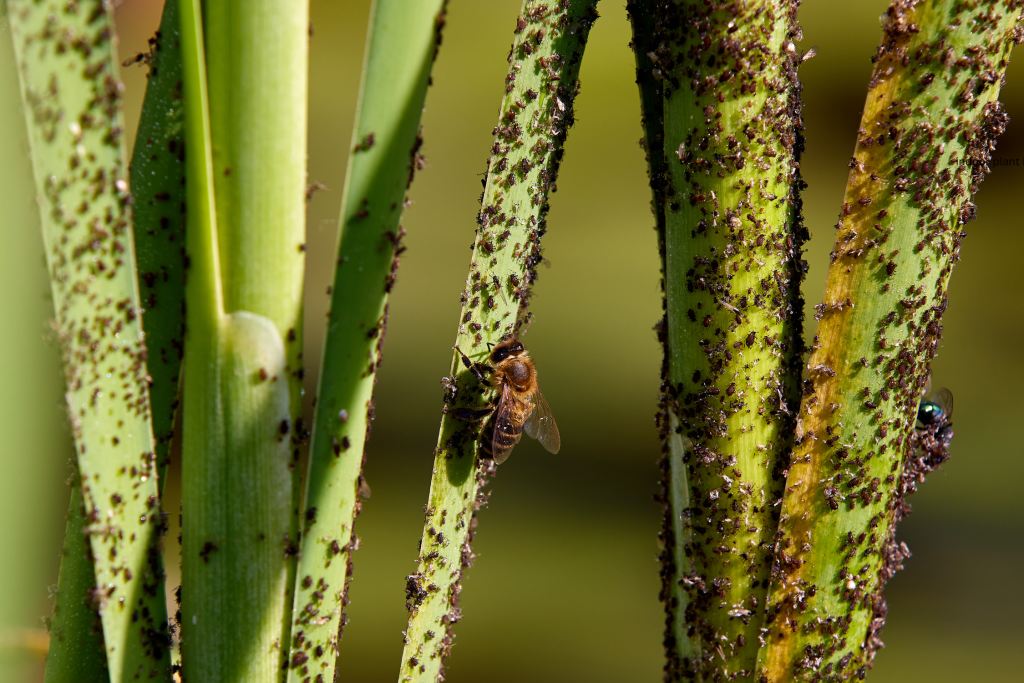
Problem: Common pests like spider mites, aphids, and mealybugs can damage indoor plants.
Solution:
- Isolation: Quarantine the affected plant to prevent pests from spreading to other plants.
- Natural Remedies: Treat infestations with insecticidal soap, neem oil, or a homemade solution of water and dish soap.
- Regular Inspection: Check your plants regularly for signs of pests and treat any issues promptly.
6. Leaf Drop
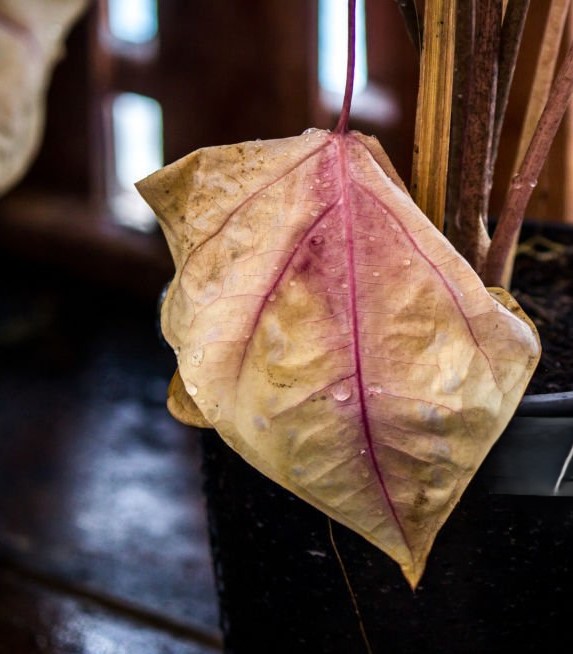
Problem: Sudden leaf drop can be caused by environmental stress or changes.
Solution:
- Consistency: Maintain a stable environment for your plants, avoiding sudden changes in temperature, light, or humidity.
- Adjustment Period: If you’ve recently moved or repotted the plant, give it time to acclimate to its new surroundings.
7. Moldy Soil
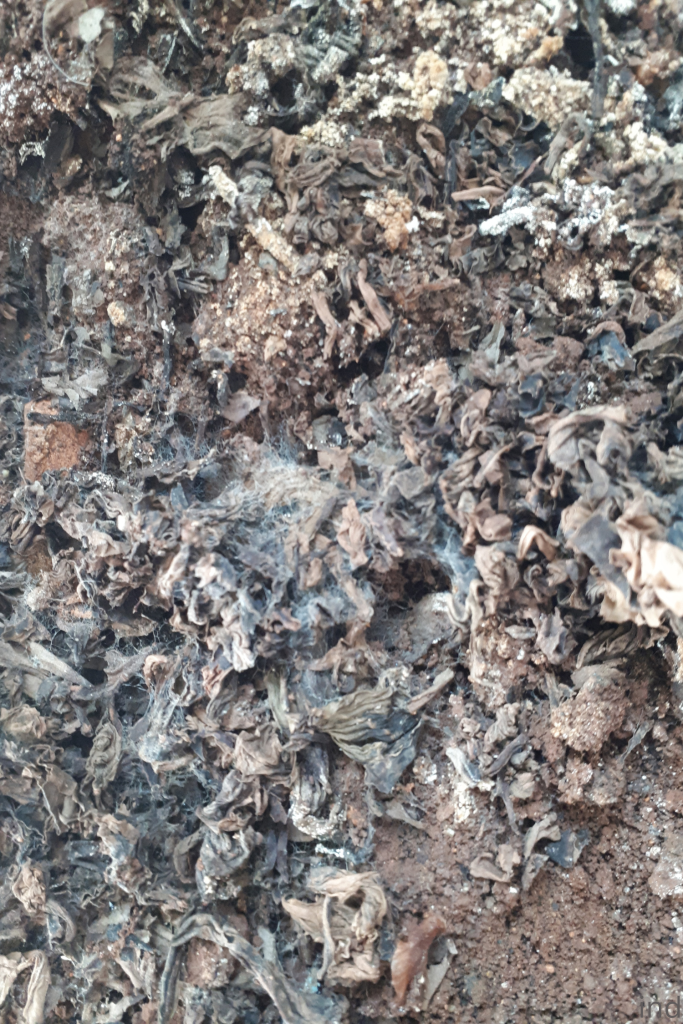
Problem: Mold on soil surfaces usually indicates poor air circulation or excessive moisture.
Solution:
- Air Circulation: Improve ventilation around your plants by using a fan or opening windows periodically.
- Watering Practices: Allow the top layer of soil to dry out between waterings. Remove any moldy topsoil and replace it with fresh soil.
Final Tips for Healthy Indoor Plants
- Right Plant, Right Place: Choose plants that are suited to the specific conditions of your home.
- Regular Maintenance: Prune dead or yellowing leaves, dust off leaves, and clean pots regularly to prevent disease.
- Observation: Pay close attention to your plants’ needs and adjust your care routine as necessary.
By understanding and addressing these common indoor plant problems, you can ensure that your plants remain healthy and vibrant.



